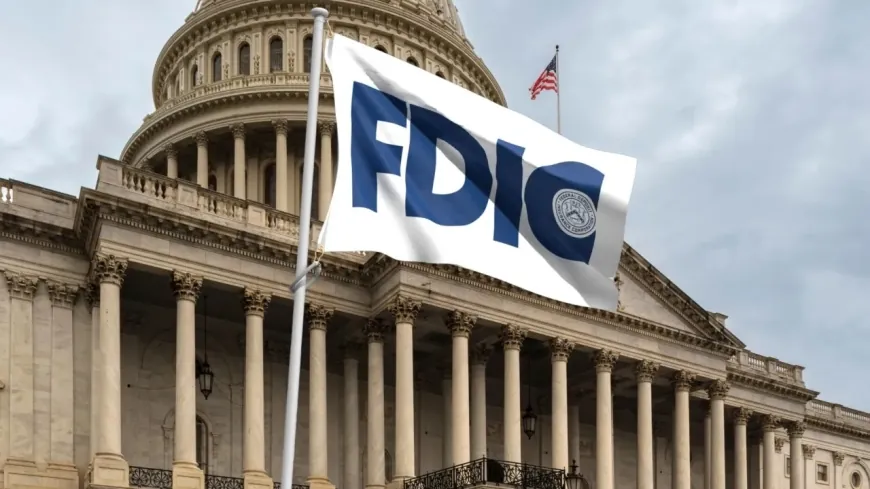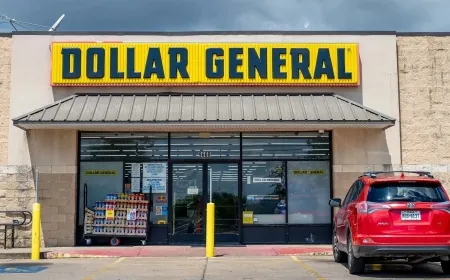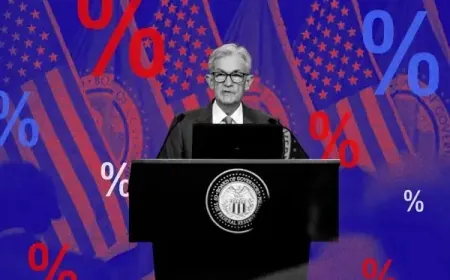US Regulators Approve Eased Leverage Rules for Large and Small Banks
US regulators approve relaxed leverage rules, reducing required capital for major banks and proposing similar relief for smaller lenders.

U.S. banking regulators have finalized a set of changes that will ease the leverage requirements banks must meet, allowing firms to hold less capital against certain low-risk assets. The Federal Deposit Insurance Corporation (FDIC) voted to approve the updated framework for the enhanced supplementary leverage ratio, a key post-crisis standard that applies to the country’s largest financial institutions.
The move marks the first major recalibration of leverage rules in several years. Other federal regulators are expected to sign off on the same changes in the coming days.
According to an FDIC staff analysis, the revised standard is expected to reduce total capital requirements for the largest global banks by about $13 billion, or just under 2%. The effect will be more pronounced at their depository institution subsidiaries, where required capital levels are projected to fall by an average of 27%, equal to roughly $213 billion.
Regulators emphasized that easing this specific rule does not allow banking groups to return more capital to shareholders, since broader regulatory requirements at the holding-company level remain unchanged.
Banks must meet the updated leverage standard by April 1, though they may choose to adopt it earlier starting January 2026.
Why Regulators Decided to Change the Rule
Regulators revised the leverage rule after months of feedback from large banks and market supervisors. Banks told regulators that the old standard had started to create problems because it treated every asset the same, even very safe ones like U.S. Treasuries. As government debt increased, the rule began forcing banks to hold more capital than expected, even when those holdings carried little risk.
Supervisors reviewing the issue saw similar signs. They noted that the rule had become tighter than originally intended and, in some cases, made it harder for major banks to support normal market activity. One concern raised internally was that an overly strict requirement could discourage banks from helping stabilize Treasury trading during periods of market stress.
The update aims to fix those pressure points. Under the revised framework, the amount of capital a large bank must hold will now reflect its size and importance in the financial system, rather than applying the same treatment across the board. Regulators said the changes adjust the rule without weakening other capital standards that still apply to holding companies.
How the Rule Change Affects Smaller Banks
Alongside the changes for large institutions, regulators also turned their attention to community banks. The FDIC introduced a proposal that would lower the leverage ratio for banks under $10 billion in assets from 9% to 8%. This ratio determines how much capital small lenders must hold against their total assets, regardless of risk.
Community banks have told regulators that the current 9% threshold has become harder to meet as they manage slower deposit growth, higher funding costs, and heavier pressure on interest margins. Lowering the ratio by one percentage point would free up part of their balance sheets and give them more capacity to make loans or absorb shifts in deposits without immediately raising capital.
The proposal does not change other supervisory requirements for small banks. It simply adjusts a single measure that many community lenders say no longer reflects their everyday operating conditions. The FDIC will review public feedback before deciding whether to finalize the change.
Also Read: How Much 401(k) You Should Have in Your 60s, According to New Data





























































